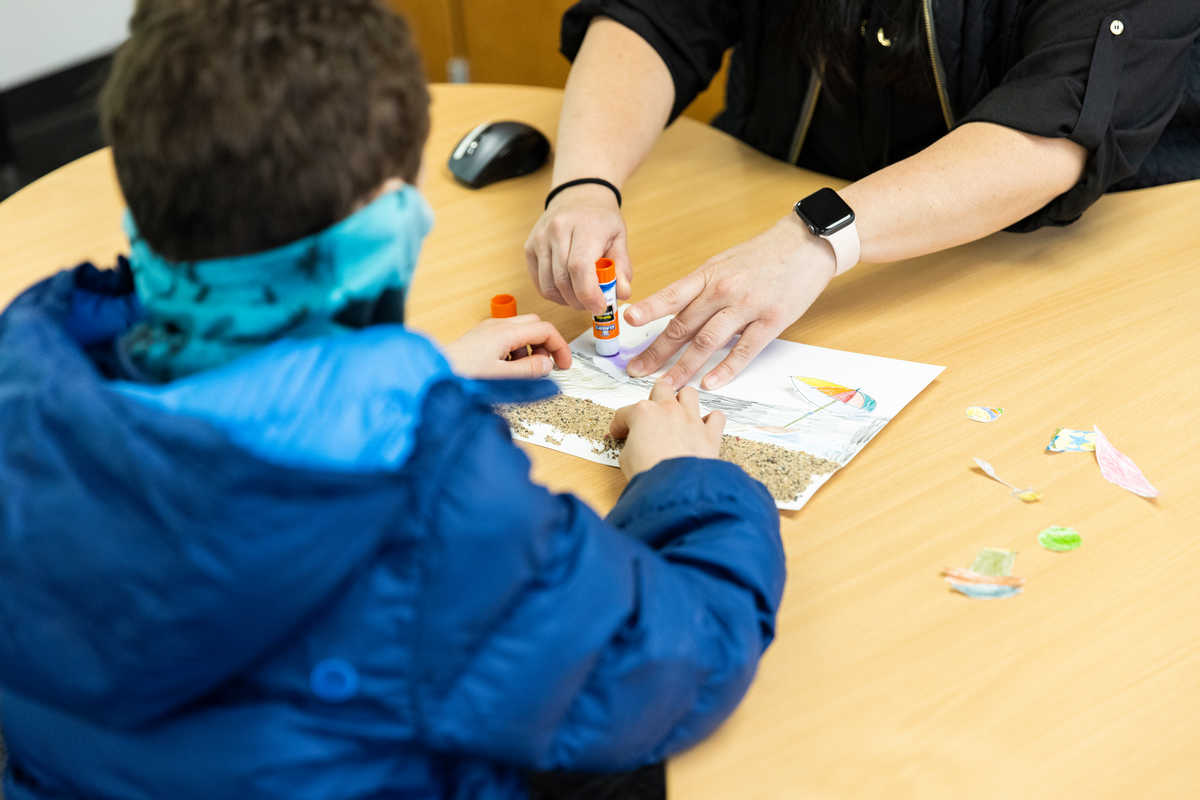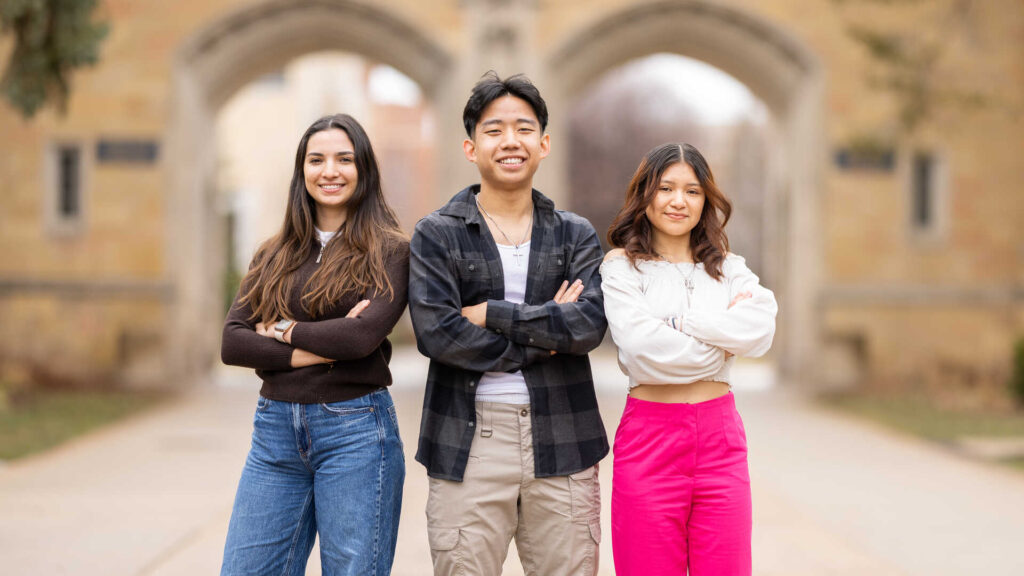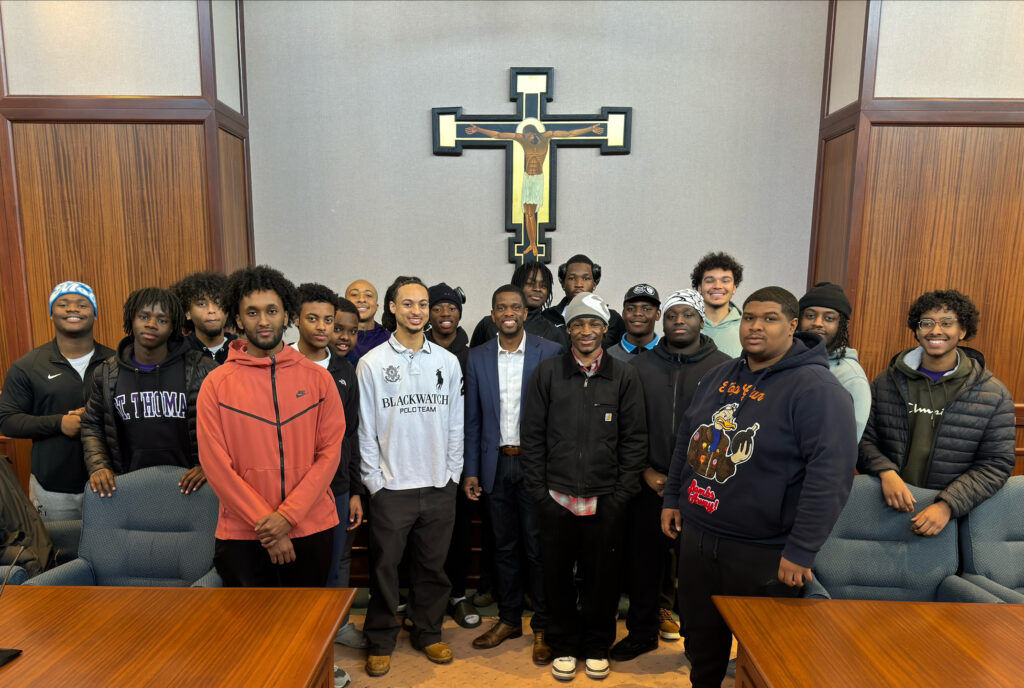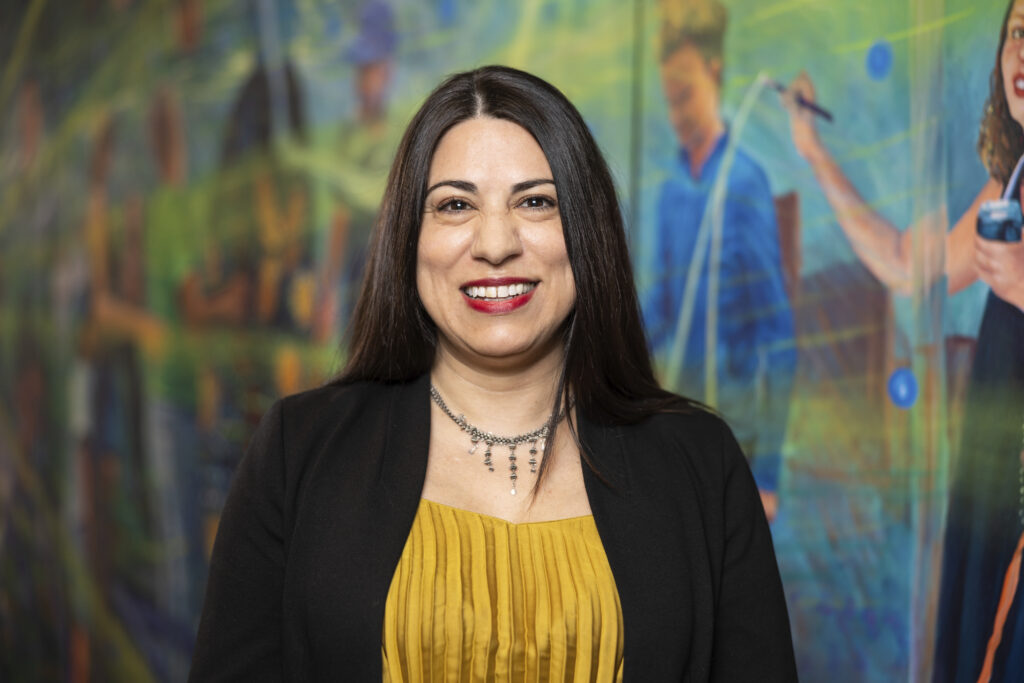Autism awareness has come a long way since University of St. Thomas professor L. Lynn Stansberry Brusnahan first went looking for help.
“There was one book at the library when my son was diagnosed in 1991,” Stansberry Brusnahan said. “And it wasn't a good one.”
Facing down that massive void, she went to work, not only for her own family, but millions of others.
“When this first started with World Autism Awareness Day and Awareness Month, it was when people weren't aware,” Stansberry Brusnahan said. “But now we're aware and we need to move into that next step.”
Professor Stansberry Brusnahan coordinates the School of Education’s autism spectrum certificate, license and master’s program. And after years of raising awareness, she’s ready to help the public move into a new phase of their journey: acceptance and action.
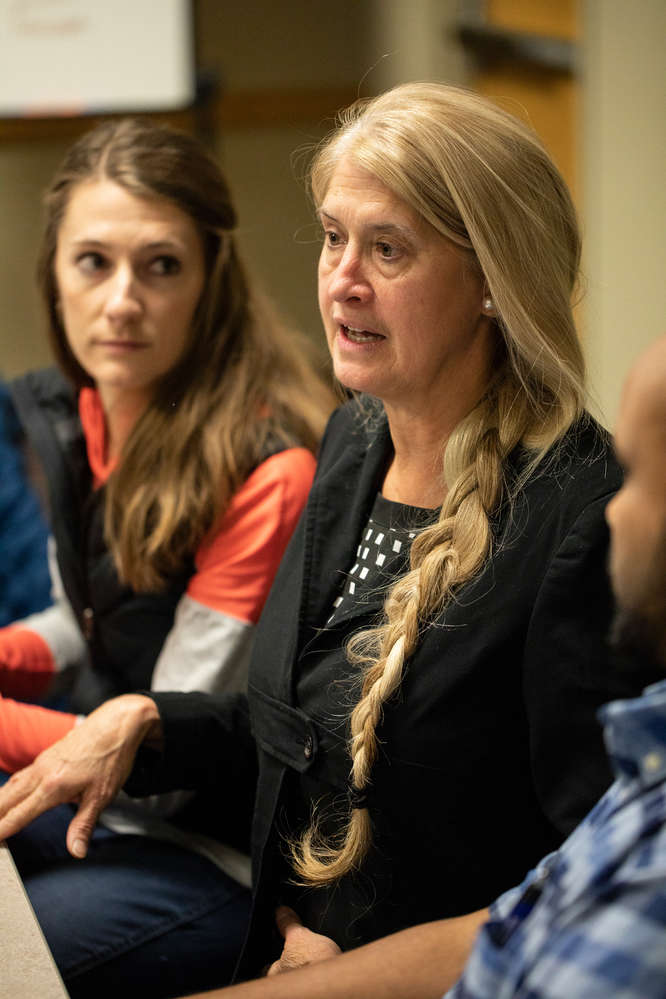
“We don't want to get stuck in awareness,” Stansberry Brusnahan said. “We want to move on to more action and start doing something with the information that we have.”
April is Autism Acceptance Month, a campaign that got its start in April 1970 as Autism Awareness Month. More than 50 years later, not only are most people aware of someone with autism, they also likely love someone with autism as well. According to the Centers for Disease Control and Prevention, about one in 44 children have been identified on the autism spectrum.
Embracing neurodiversity all around us
Professor Bonnie Ingelin, who helps lead the School of Education’s early childhood special education program, is working to turn the public’s growing awareness into acceptance.
“We’re really moving from ‘yep, it's a thing’ to these are people who we should love and care about with the same respect as we do anyone else,” Ingelin said.
A huge part of that journey to acceptance, Ingelin said, is the realization that autism doesn’t come in a single shape or size. Instead, we should appreciate the neurodiversity all around us.
“We’re all on the spectrum when it comes to our neurological development process,” Ingelin said. “We all just develop in a slightly different way.”
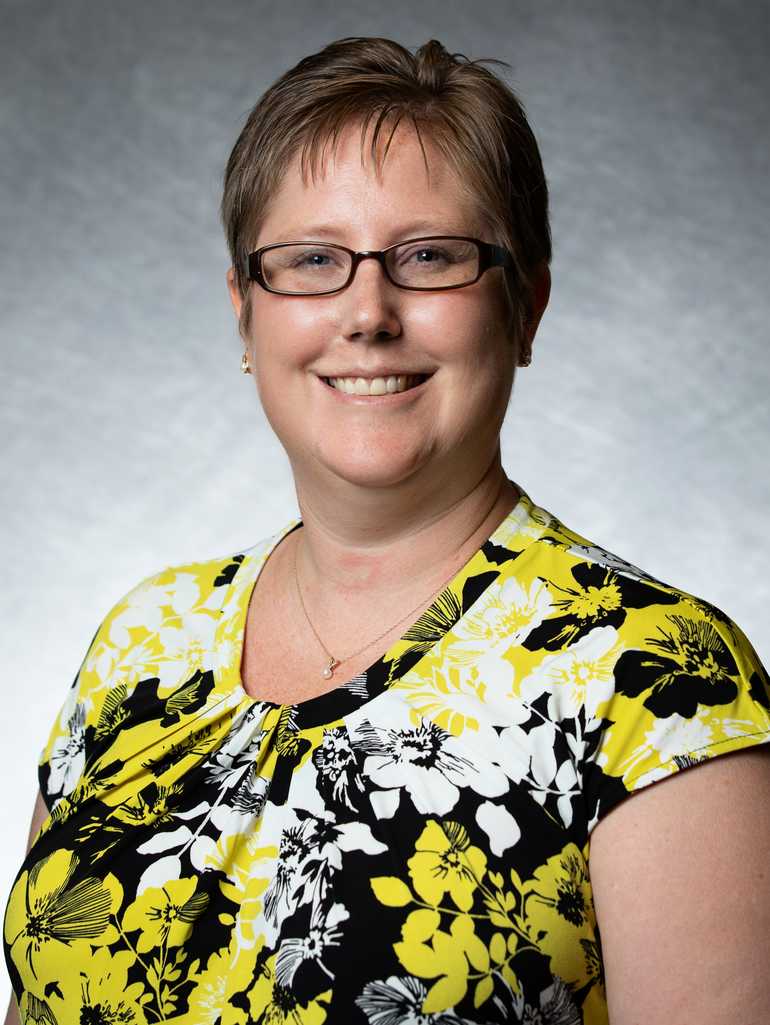
Ingelin pushes everyone to really dig into that neurodiversity, learning about and celebrating our differences.
“As always when we’re learning about diversity, we need to educate ourselves and spend that time to really learn about what their lives are like,” Ingelin said.
Turning acceptance into action
“We do need to start moving to the next step,” Ingelin said. “We spend so many hours in schools teaching kids with autism … but we don’t spend as much time teaching others how to accept individuals with autism.”
Both Ingelin and Stansberry Brusnahan push people to embrace a strength-based approach when interacting with people on the spectrum.
“When we talk about individuals with disability, sometimes we don't look at it from a strength- based or asset-based perspective,” Stansberry Brusnahan said. “We go on from a deficit model … but instead of judging a difference, we must realize that differences are OK. Neurodiversity is OK.”
That strategy is especially important for employers looking to hire a more neurodiverse workforce.
“If employers can accept that yes, this is an individual with autism, then they can take steps to give those individuals more support,” Ingelin said. “People with autism bring such great strengths, they can be incredibly detail-oriented and focused.”
An invisible spectrum
Accepting individuals on the autism spectrum can come with a unique set of challenges, especially when it can be hard to identify in the first place.
“You can’t take or draw blood and say they have autism,” Stansberry Brusnahan said. “The truth is we all are different and we all have our things that we do that may appear different.”
People with autism generally have issues with social communication and interacting with others. Examples of those characteristics can include avoiding eye contact, not responding by name, repeating names or phrases, and following other repetitive behaviors.
“On the autism spectrum, everyone looks very different,” Ingelin said. “Sometimes things like eye contact can be difficult and so not expecting eye contact and not taking it as a sign of disrespect.”
Sometimes people can find individuals with autism off-putting or insensitive.
“They don’t always have what we call a filter,” Ingelin said. “If they don’t like your haircut, they might very well just tell you that. It’s important to know they’re not trying to insult you, they’re just commenting on it.”
No matter how they interact with you or the characteristics they present, respecting a person’s individuality is paramount.
“Be accepting of that individual for who they are instead of trying to change them,” Ingelin said. “Make sure they have what they need, so they can be successful, but don’t try to change their core characteristics of who they are.”
Practicing what they preach
As they work to motivate and educate the public, these professors know they must practice what they preach at St. Thomas.
“We take acceptance and move it into action in our classrooms,” Stansberry Brusnahan said. “We make sure that we’ve got programming at the university that meets the needs of people who have that neurodiversity.”
Flexibility is key to their classroom approach, allowing students with autism to learn through a variety of means.
“We have that high-flex format, where, if they are better with doing asynchronous and discussion boards or voice threads they can do that, or they can Zoom in if they feel more comfortable,” Ingelin said.
Through it all, they’re focused on fostering a strong sense of awareness, acceptance and action into a new generation of educators.
“One of the things we’re doing is preparing educators to understand neurodiversity from a strength-based approach,” Stansberry Brusnahan said. “We’re preparing those educators to work with their students to advocate for their needs, so that they’re able to be successful in school, and live as independently as possible.”
Autism resources
If you’re a parent, friend or employer looking for more information on autism, the Autism Society of Minnesota provides a variety of free resources. The CDC also provides information on the signs of autism, screenings, and treatments.
